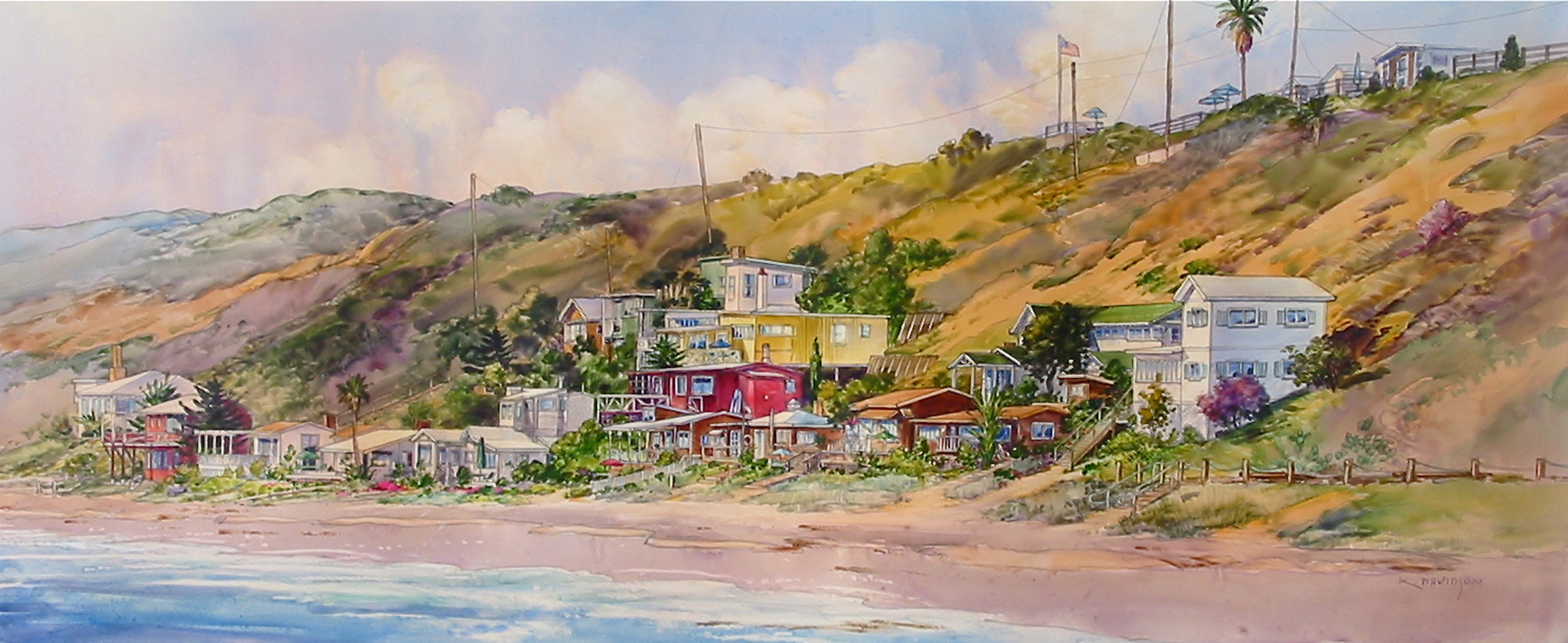The Conscious Gardner
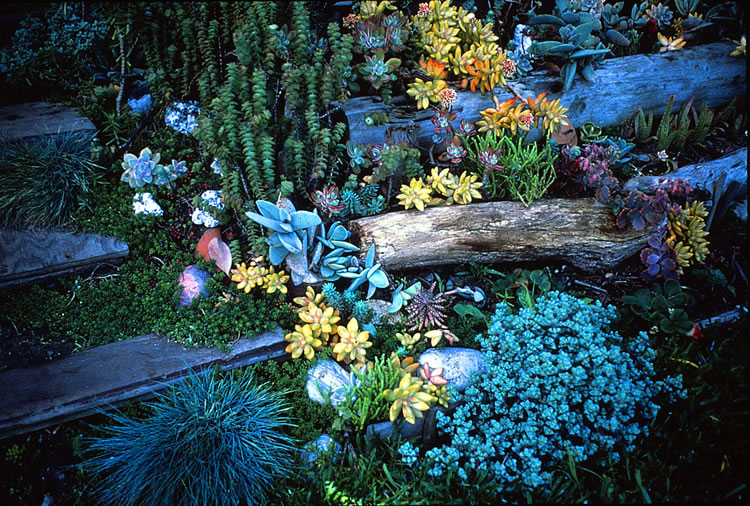
By Gina Dostler
A professional ecologist, Gene Sottosanto spends hours of his own time clearing local landscapes of invasive species. His love of nature and joy in gardening puts him in a different category of landscaper. The Laguna Beach resident knows the relationship between living things and the environment and sculpts beautiful ecosystems with functional purpose and integrity. He believes an intelligent gardener enhances the value of space, light, water and materials for the benefit of the homeowner’s environment.
Q: Why do you think routine maintenance of gardening could use a change?
A: Awareness of ways to keep our ecological environment intact has made great strides with water conservation, trading lawns for native plants, along with improved energy usage. Yet many people still give little thought to garden maintenance and how a mindful gardener goes about it. Instead many gardeners are hired based on rates not ability. And most of these gardeners work on the basis of how many yards they can clip in a day, so the fastest way becomes the best way. Gardening is a living art and becomes easily overlooked in lieu of commercial pursuits. So many people are removed from the natural world where communication with gardeners still consists of mow the lawn, cleanup the leaves.
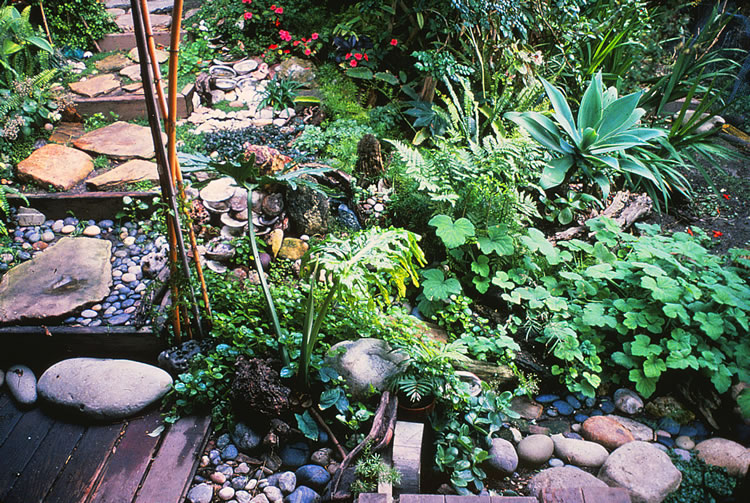
Q: Explain.
A: The routine gardener usually hurts and hinders the garden instead of helping it. For instance, cutting hedges only in straight lines cuts the flowering parts where no fruit appears, a delight for many birds, leaving a dense area where pesky rodents thrive. Or just leaving plants in overgrowth can be a fire hazard in certain areas. Plants need to be sheared with select thinning, pruning and care to flow naturally with the environment. And blowing leaves all over the place to end up in a pile simply creates suspended dust in the air and aggravates allergies. Leaves left to cover the ground under trees and hedges create mulch that saves moisture in the soil for better water retention and a reduction in water usage. For a routine gardener, it’s a job not a joy with little regard of impact to the environment.
Q: What is mindful gardening all about?
A: As I mentioned it’s an art, a type of poetry amongst the plants. More time might be spent in the beginning, yet provides lower maintenance in the long run. A mindful gardener looks at a landscape as a skilled painter looks at a painting. It’s not a matter of hauling out equipment to cut back. It starts from the ground up, the trees down and the perimeter within. Keeping the health of soil in balance through care of the organisms that live in it lays the groundwork. Observing the angle of the land and how the water moves along it, fast or slow. For instance terracing slows the flow of water so water is better utilized preventing erosion and conserving water. And harmony, increasing diversity in the garden creates harmony.
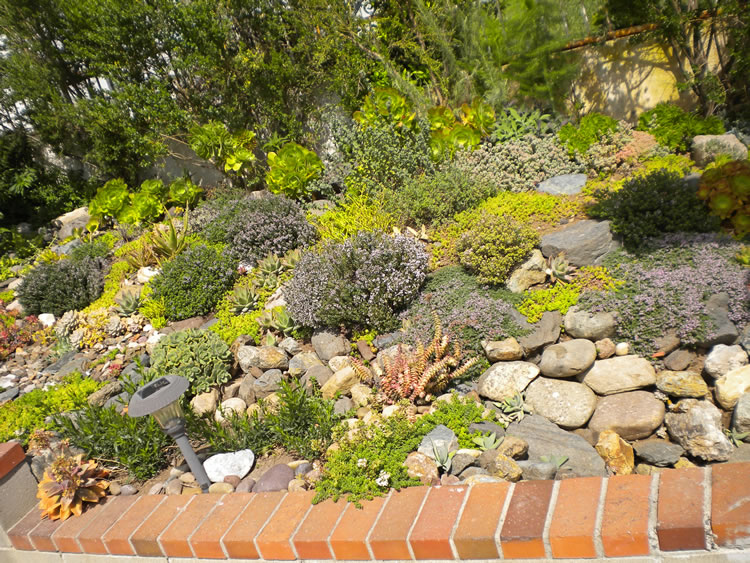
Q: And diversity consists of..?
A: Using a variety of plants. One way to look at this is to utilize your garden in different ways, thus increasing the diversity of plants. For instance, growing fruit trees and a vegetable garden for you as well as including food for wildlife such as birds, bees and butterflies. Introduce a garden full of wonderful smells that not only looks beautiful but has delicious scents. Maybe include private areas for snoozes on a hammock or a place to cook; and maybe a special area for romancing with secret footpaths winding through foliage.
Q: But isn’t it more of an environmental necessity?
A: The landscape industry is very aware most of our community plant life lacks diversity. Yet diversity in the long run creates a diversity of other organisms such as beneficial insects. And it reduces the chance of a pest or disease devastating large areas in our local area. There are nurseries out there that have many native plants that can increase diversity and hardiness in your garden. Most people simply choose what they know. That’s where communication with your gardener becomes essential in creating an environment that thrives.
Q: You teach kids about ecology and how to be a steward of the land.
A: I just came back from Catalina where I taught fourth- through eighth-graders via the Mountain & Sea Adventures non-profit organization about flora and fauna and environmental stewardship. I’ve taught at private schools and been guest speaker at universities. There is so much critical information that needs to be communicated and speaking to children plants the seed of thought about the care needed to live in our environment.
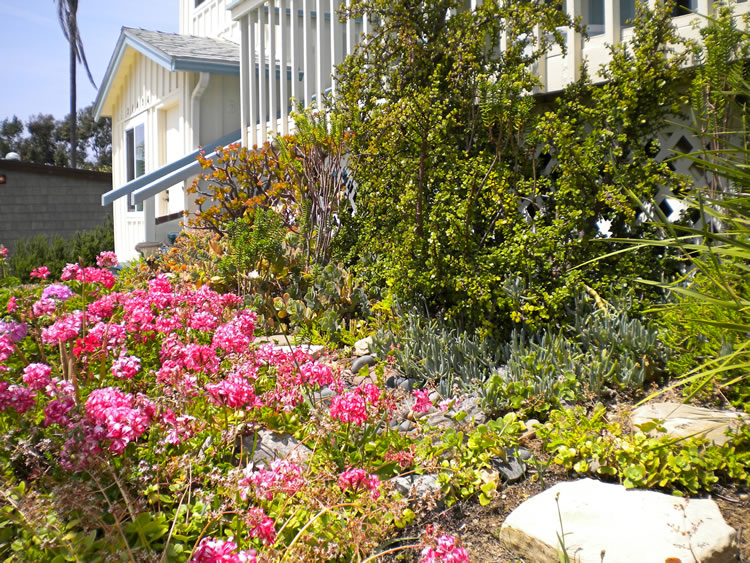
Q: Such as?
A: There used to be 127 kinds of butterflies in Orange County, now there is less than half of that and they are threatened and endangered. We can help them by our plant choices, bringing in plants that promote butterflies. More and more people are becoming aware of this, but we have a ways to go. It is true that butterflies start out as caterpillars and they eat our plants. But it is the cycle of life, and when we promote ecology and understand birds eat caterpillars as well as bugs, we find nature has her special way of creating balance in this world.
CONTACT INFORMATION
Gene Sottosanto
Professional Ecologist
Eco Green Gene
PO Box 360
Laguna Beach, CA 92652
949-497-3788

